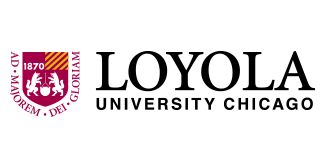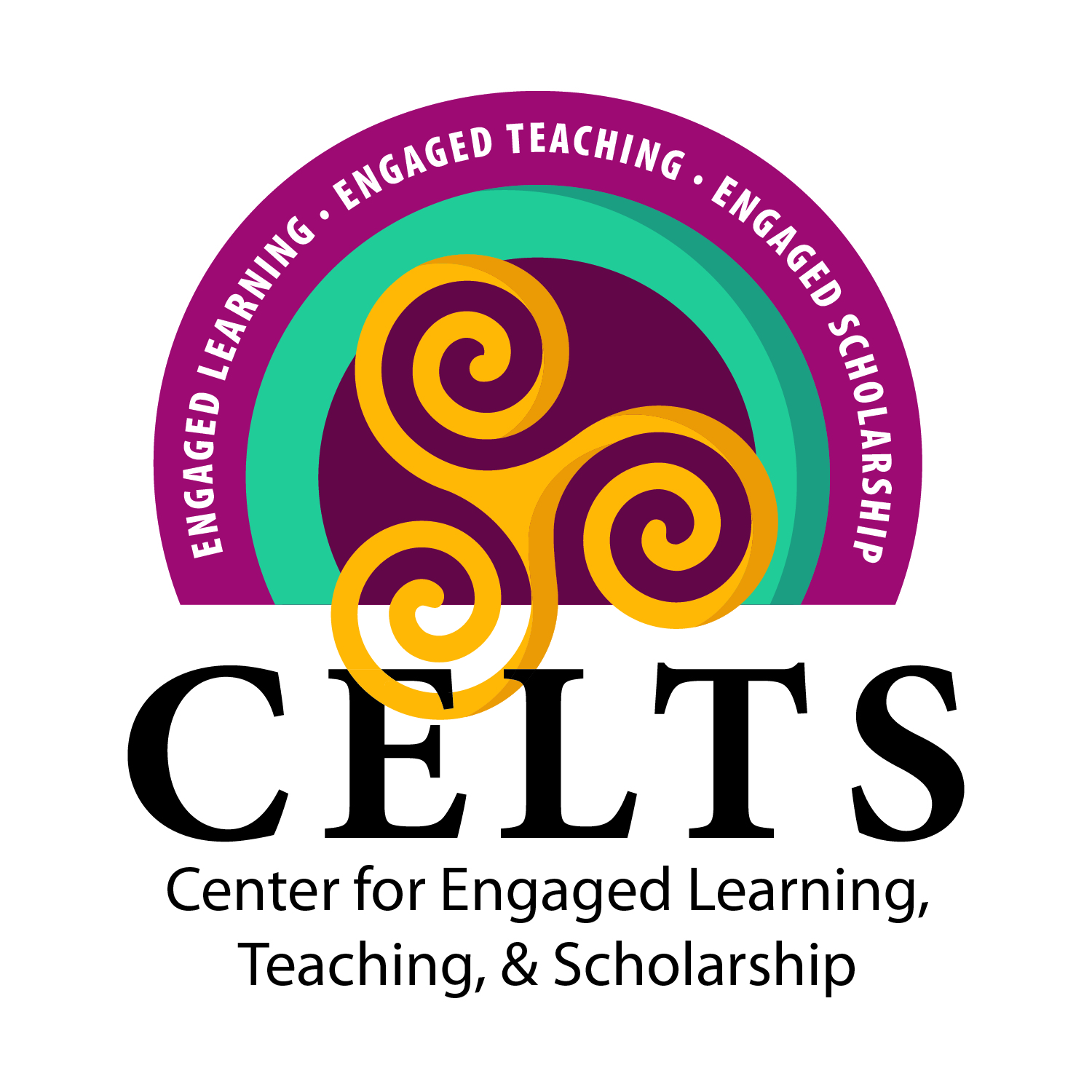Major
Neuroscience
Anticipated Graduation Year
2023
Access Type
Restricted Access
Abstract
Sound travels to the brain through spiral ganglion neurons (SGNs) in the cochlea, which transmit information to the brainstem cochlear nucleus in a frequency-based pattern. Ephrin-A3 and ephrin-B2 molecules are involved in this mapping. To explore which Eph receptors mediate ephrin-A3 and/or ephrin-B2 effects, we conducted in situ hybridization to examine Eph expression. We found that EphA4, EphA7, EphB3, and EphB4 are expressed in the cochlea, while EphB1 and EphB2 are expressed in the cochlear nucleus, indicating that they may mediate ephrin-A3 and/or ephrin-B2 signaling.
Faculty Mentors & Instructors
Dr. Wei-Ming Yu, Department of Biology
Creative Commons License

This work is licensed under a Creative Commons Attribution-Noncommercial-No Derivative Works 3.0 License.
Expression of Eph receptors in the cochlea and cochlear nucleus
Sound travels to the brain through spiral ganglion neurons (SGNs) in the cochlea, which transmit information to the brainstem cochlear nucleus in a frequency-based pattern. Ephrin-A3 and ephrin-B2 molecules are involved in this mapping. To explore which Eph receptors mediate ephrin-A3 and/or ephrin-B2 effects, we conducted in situ hybridization to examine Eph expression. We found that EphA4, EphA7, EphB3, and EphB4 are expressed in the cochlea, while EphB1 and EphB2 are expressed in the cochlear nucleus, indicating that they may mediate ephrin-A3 and/or ephrin-B2 signaling.


